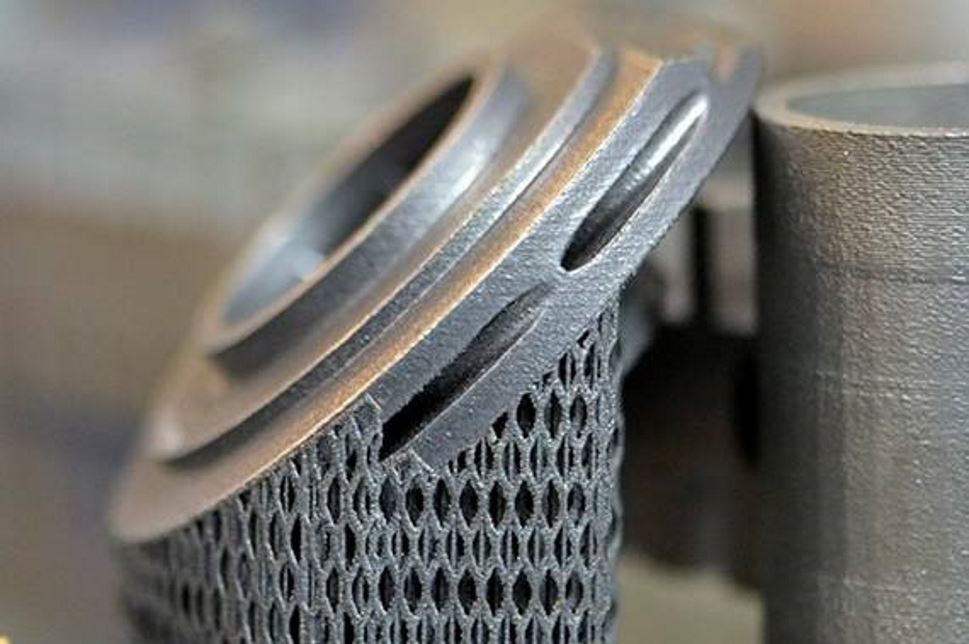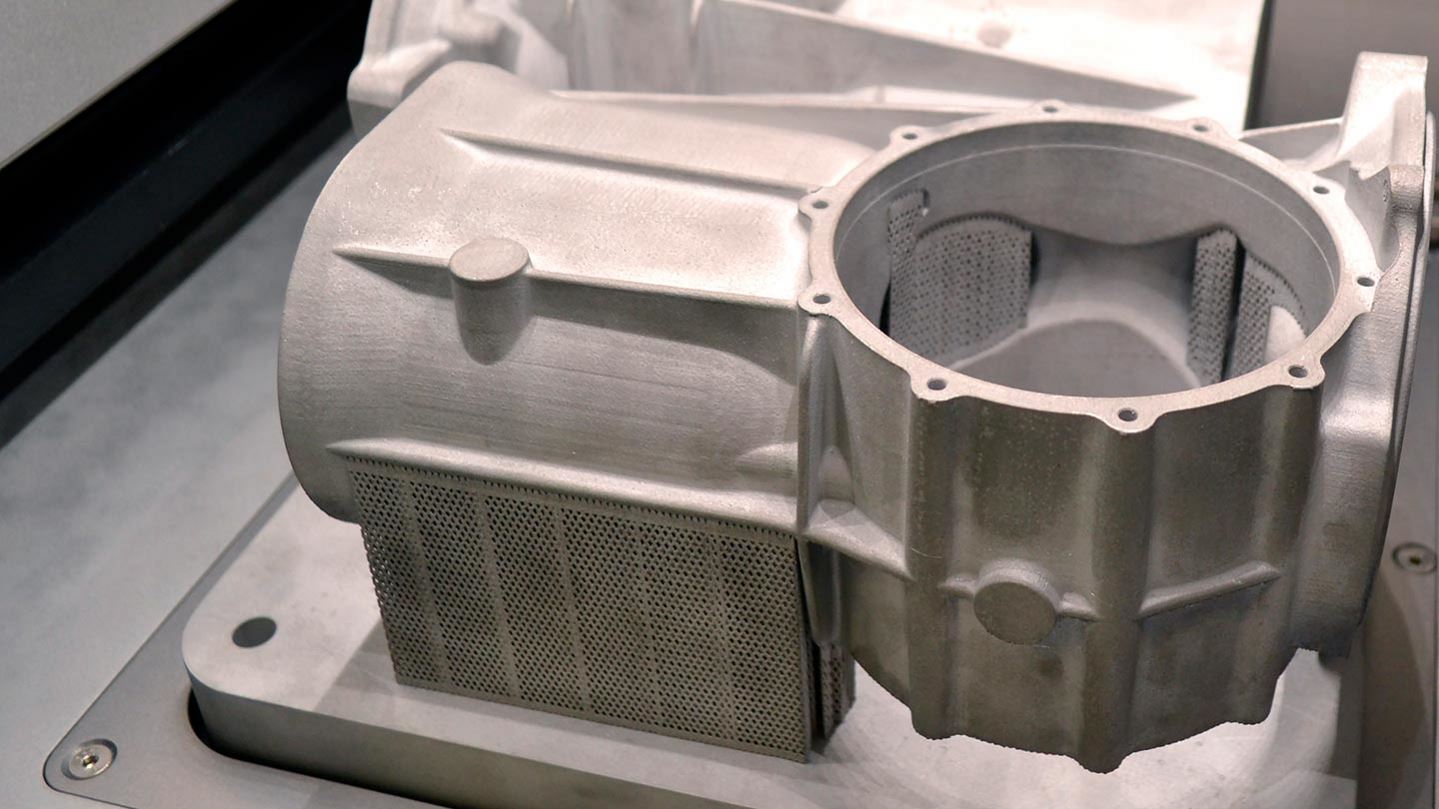Optimizing Industrial Gases in 3D Metal Printing
In the world of rapid prototyping and production of metal components, it is important to have the proper gas atmosphere to efficiently produce quality parts.

Solutions and Expertise for 3D Printing
- Optimized part treatment via proper gas selection and purity
- Uniform printing as a result of maintaining consistent conditions
- Improved control over chamber management and post-printing heat treatment
- Lower production costs via reliable and cost efficient gas supply
- Easy installation
- Increased safety
How Gases Affect the Quality of Metal Additive Manufacturing?
- Provide inert atmospheres to minimise harmful contaminants
- Allow for a narrow particle size distribution and avoids surface oxidation
- Reduce stress and improve mechanical properties, with a bright and clean surface finish
- Hot Isostatic Pressing with gases eliminates porosity and voids within the printed part
Kontaktieren Sie unsere technischen Experten.
Erfahren Sie mehr über unsere Schutzgase für den 3D-Druck.
Ask the Expert

Guido Plicht
Commercial Technology Manager – Europa
“How does gas affect the quality of my additive manufacturing process?”
As with other traditional methods of prototyping and manufacturing metal parts, the proper gas atmosphere is critical for producing quality products. Nitrogen and argon are commonly used to provide inert atmospheres during additive manufacturing. It is important to use the correct flow rate and purge duration to avoid deformed parts and ensure a safe production environment. For example, high oxygen content in the atmosphere will result in oxidation of the powder metal leading to poor part quality, clumping in the powder feed, or high porosity in the end product. It will also reduce the amount of recyclable powder for future use. Inerting is also critical for proper management of the combustible dust arising from the powder metal and printing process. Post treatments after printing may require industrial gases, depending on the application.
Gase
Gas von Air Products werden in gasförmiger oder verflüssigter Form angeboten und ermöglichen es Kunden in einer Vielzahl von Branchen, ihre Umweltleistung, Produktqualität und Produktivität zu verbessern.
Argon
Compressed argon gas and liquid argon in a variety of purities and in various modes of supply around the world thanks to our network of storage and transfill facilities.
Helium
Ein inertes Gas für kryogene Anwendungen, Wärmeübertragung, Abschirmung, Lecksuche, Analyse und Hebeanwendungen
Stickstoff
Hilfreiches Gas aufgrund seiner inerten Eigenschaften und seiner Kälte als verflüssigtes Gas. Praktisch jeder Industriezweig kann von seinen einzigartigen Eigenschaften profitieren, um die Ausbeute zu verbessern, die Leistung zu optimieren und den Betrieb sicherer zu machen.
